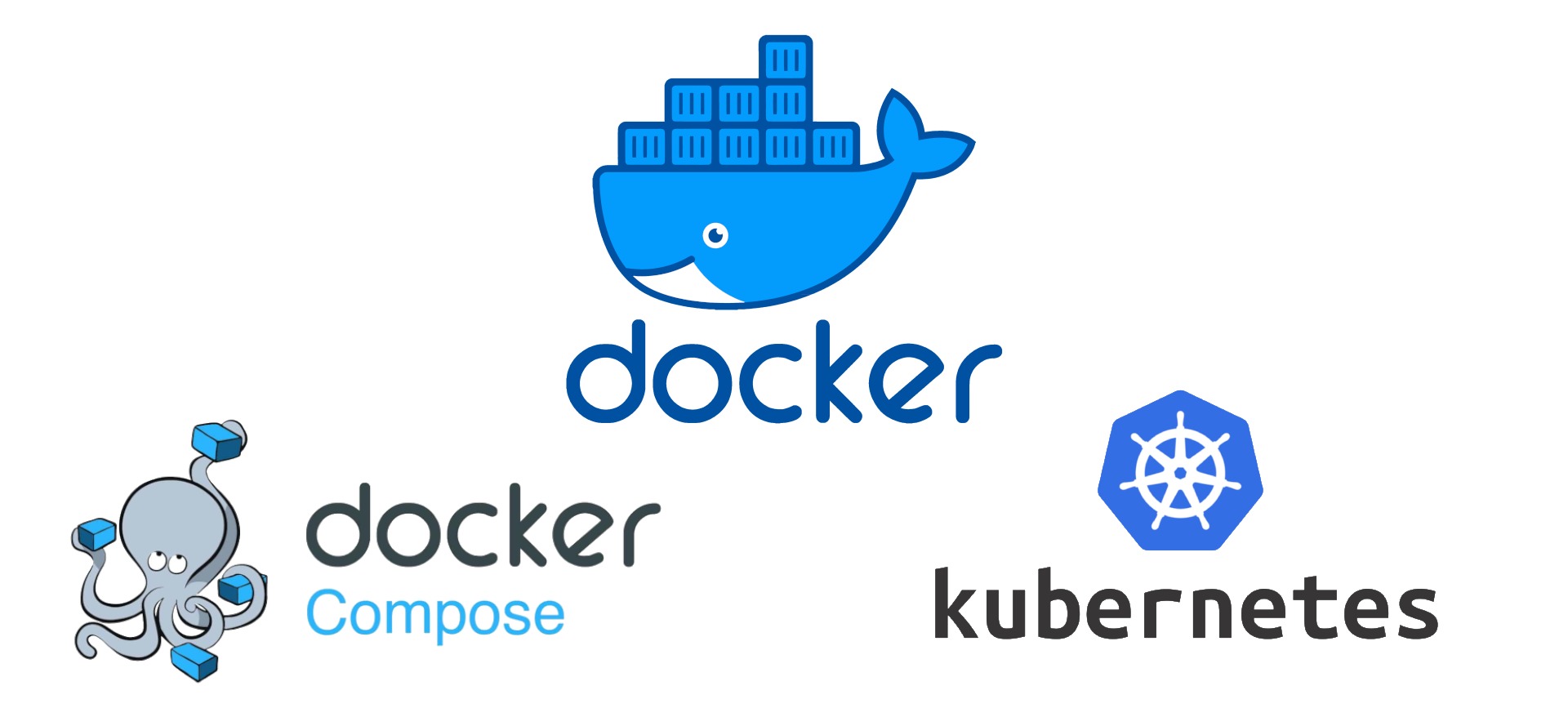Docker And Kubernetes

The containarization technologies utilized
Table of Contents
Docker Compose

Docker Compose was used as the primary container orchestrator.
Docker Compose allows us to define all the necessary deployment parameters, such as ports, volumes and image versions.
It also allows us to manage, launch and stop all the containers at once.
Docker Containers

For the dockerization of our application, the following containers were defined:
- Application (frontend)
- Api Instance (multiple can be created at once)
- Load Balancer
- MongoDB
- MariaDB
Docker Networks
Another advantage of docker compose is the ability to create multiple separate networks between containers.
In our application the following networks were created:
- frontend_network (App ⇄ Frontend Server)
- backend_network (API Instances ⇄ Databases)
- request_network (Load Balancer ⇄ API Instances)
Docker Volumes
Both MongoDB and the Cloud Service require the use of volumes, and the Cloud Service's volume must be mapped to the host's filesystem (bind volume).
In our application the following volumes were created:
- mongodbdata (MongoDB Data)
- file-bind (Bind volume that utilizes the host's filesystem, which is then managed by the cloud server)
Kubernetes

A Kubernetes implementation was partially implemented, but would require more work to be put into it in order to be production ready.
The specific kubernetes distribuition used was the simpler K3s, providing all the required functionality at a smaller cost of setup time.
Since the final production environment will only consist of a single server, the kubernete's main feature of load balancing between machines would not be of any use.
The ability to detect crashes on containers and relaunch the affected service(s) is very useful to our application, but more discussion needs to be had in order to determine if this is a priority for our system.
The final production version will include a kubernetes file which will launch the containers and do the appropriate load balancing, but more testing must be done in order to apply the changes to production.